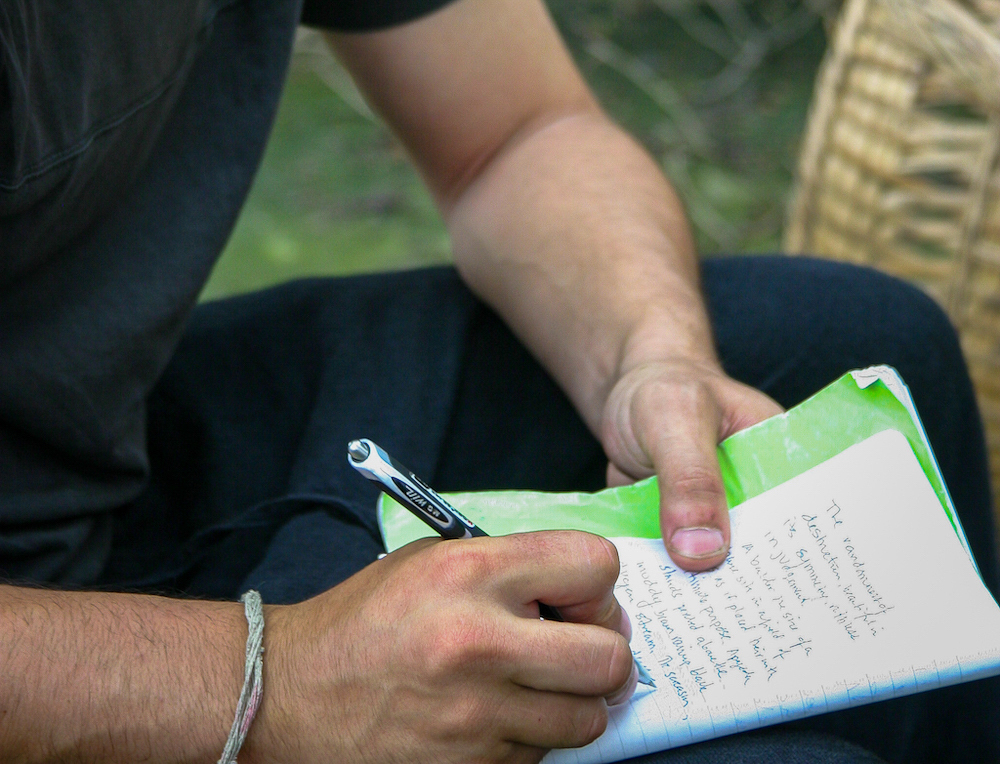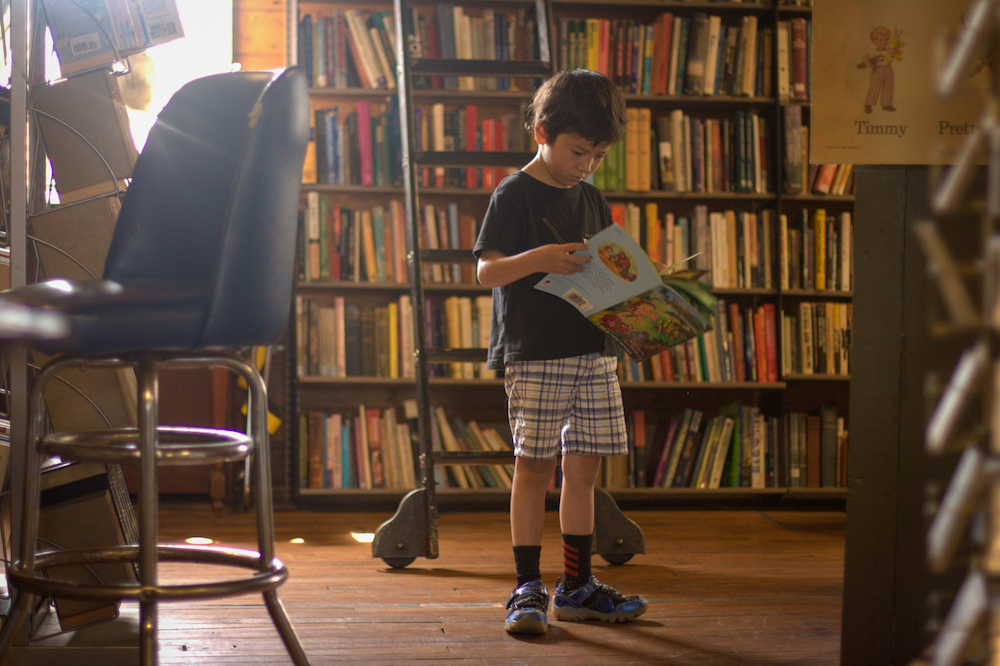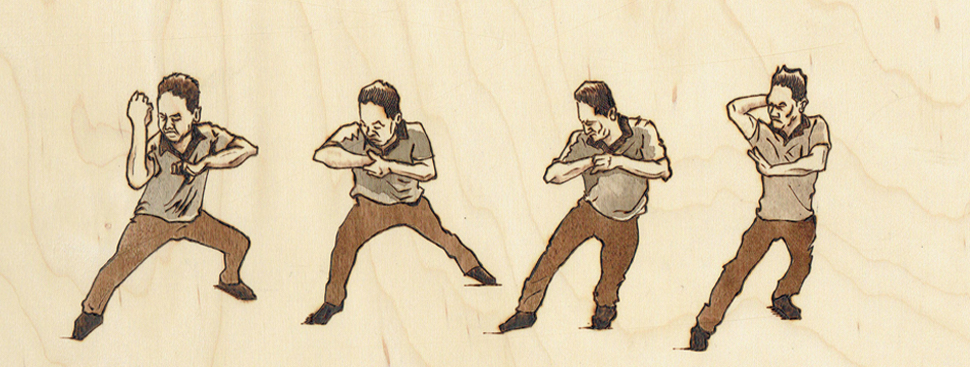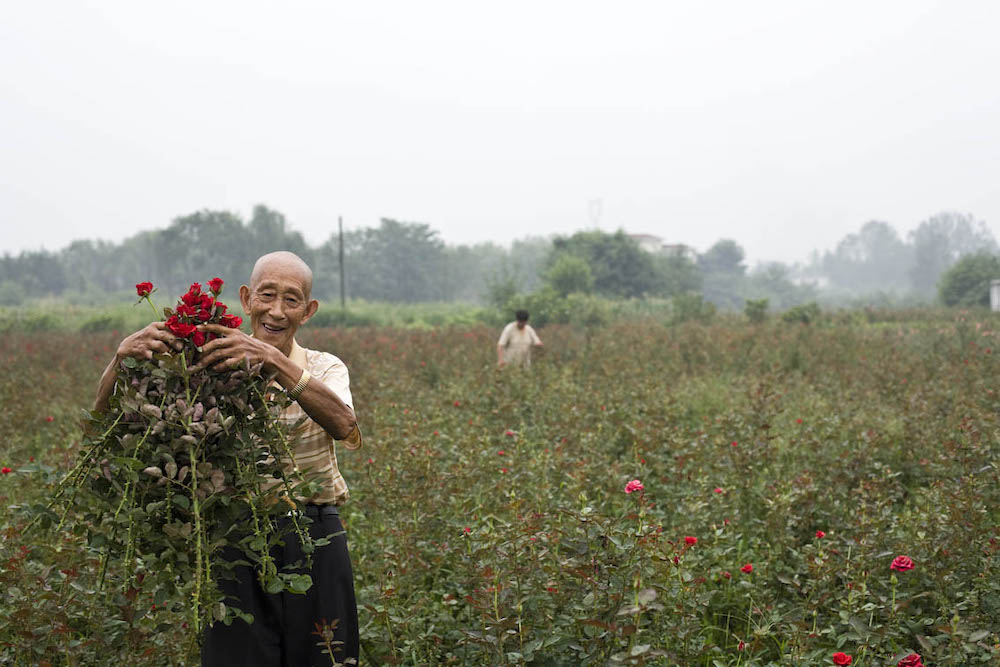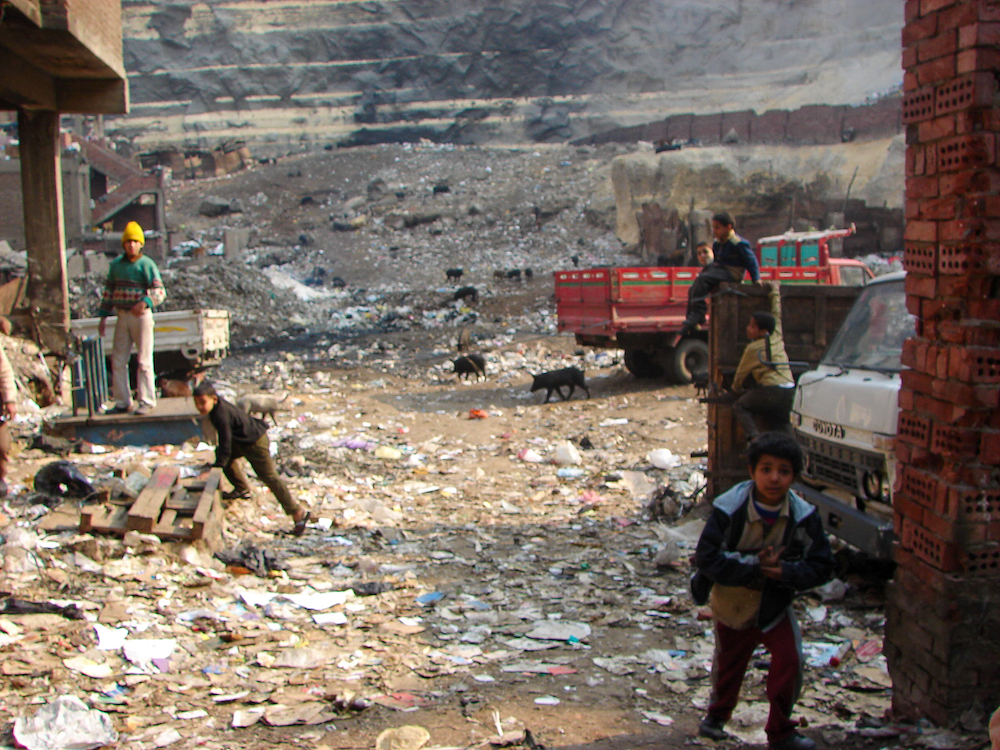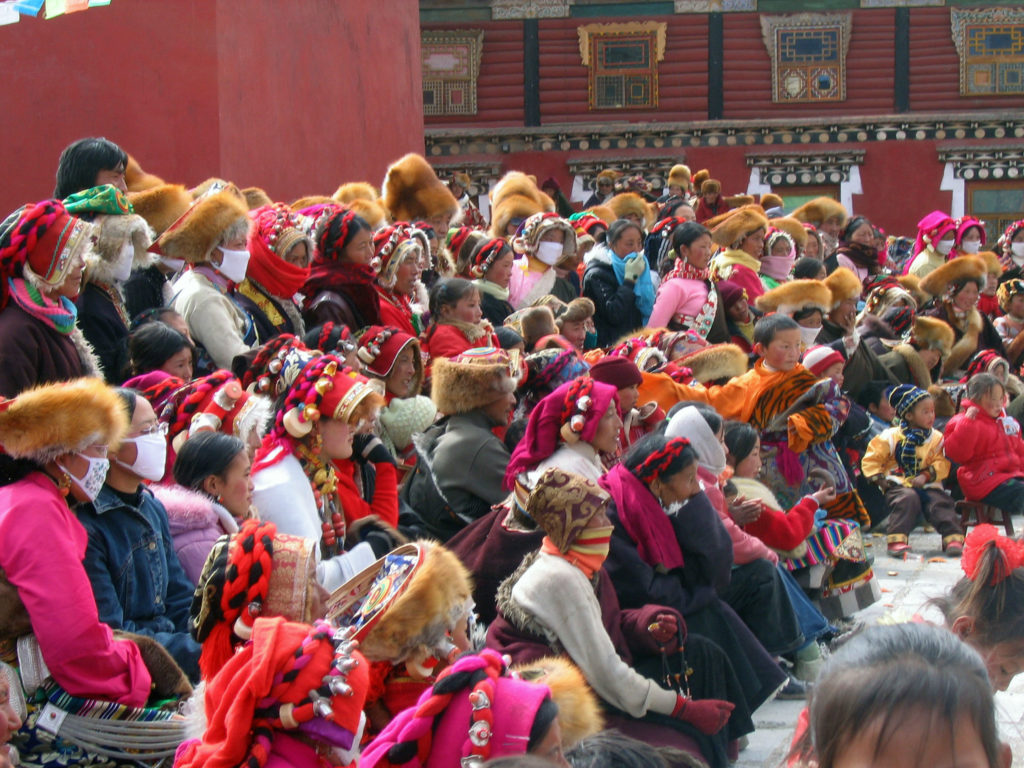Current Project: River Lake People, a novel
I began writing River Lake People in the winter of 2018. The novel is based off a short story I wrote that, after the characters called to me, blossomed into a much larger thing. The novel is set in 2003 Sichuan Province, and takes place in the cities of Panzhihua, Leshan, and the capital of Sichuan, Chengdu. The main character, Liu Xiaomei, leaves her hometown of Panzhihua for a job working in a tech startup in the city of Leshan. She soon learns that the group to which the company belongs is as much mafia-run as it is legit. She finds herself caught in the middle of a succession crisis, as her mentor in the company vies for control of the sprawling group of companies and illicit businesses.
The story has elements of a classic Bildungsroman – a coming of age story for a young woman venturing out into the world – but what sets this story apart, for me, is the concept of “The Rivers and Lakes,” which is the Chinese term for all life that transpires outside of the mainstream. Gamblers and Taoists, sex workers and gangsters, martial artists and traveling actors all populate “the rivers and lakes.” There are countless Chinese novels and stories that tell of the rivers and lakes, The Water Margin, for example, and also any wuxia tales, like those written by the late great Jin Yong. I take inspiration from these works and many others in the vast corpus of Chinese literature.
I am currently in the third or maybe fourth round of revisions. I have two great editors, and together we expect the novel to be finished in the summer of 2024, and published soon thereafter. I also started an MFA in Creative Writing at Hamline University in the Fall of 2018, and I will graduate in May of 2024. it goes without saying that the MFA has been instrumental in writing this novel. If all goes well, I’ll have a degree and a copy of the book in hand by the end of summer next year.
You can learn a bit more about the process and some of the characters in the book through blogposts and my Youtube Channel: Storytime with Sascha.
Creative Writing
“Cold Noodles,” published in Levitate, Issue 8 (2024)
“Iftar,” published in Pacifica Literary Review (2024)
“Festus Cripps,” Open Season Awards Finalist, The Malahat Review, (2018)
“The One-Legged River Ho,” published in The Rag (2011)
“The Imam Who Sang,” published in the MaLa Literary Journal, Vol. 1 (2010)
“Son of a Soldier,” published in A Cup of Comfort: Military Families (2008)
Journalism
Supply Chain Features for the Society for Corporate Compliance and Ethics (2018 – 2020)
News, Features, and Travel Stories for the South China Morning Post (2001 – 2018)
Food and Travel Features for Roads and Kingdoms (2015 – 2018)
Freelance work for Minneapolis Star Tribune, the City Pages, and the Growler Magazine (2015 – 2017)
East Meets West: Minneapolis restauranteurs are crossing the river to join in St. Paul’s restaurant resurgence (The Growler Mag, Sept 2017) – a little feature about St. Paul’s resurgence as a food and culture spot.
The shockingly normal life of one Twin Cities prostitute (Minneapolis City Pages, Oct 2016) – This story was a big deal for me. I spoke to a sex worker in Minneapolis who clued me in on the scene in Minneapolis and I learned a lot about the industry, the way the city deals with it, and the way American society wrestles with the issue of sex, money, and women.
Linsey Williams, Minnesota MMA fighter, bends but won’t break (Minneapolis City Pages, Nov 2015) – This was my first feature for City Pages and it was a blast to report on and write. I got to meet Linsey’s family and follow her around for a bit while she fought and trained, and also got to glimpse a bit of the MMA scene in the city as a whole.
Martial Arts Features for Vice: Fightland (2014 – 2016)
China-based Freelance Stories for The Economist, ChinaFile, and others (2012 – 2016)
The Bamboo Bicycles of Chengdu (China File 2016) – I loved writing this feature, but it was a slog going through the editing process. I really wanted to link the ancient bamboo technology in China to the modern sustainable bikes being built by my two friends in Chengdu, but it seemed to be a difficult mix. It turned out well, I believe, and this story gives a good look at bamboo as a material, as well as the deep wisdom available to ancient Chinese scholars.
Urban China features on China (Next City) – Next City is a non-profit with the mission to “unleash the transformative power of solutions-based journalism to equip communities and their leaders with the knowledge and connections to re-imagine cities as liberated places of economic, environmental and racial justice.” I wrote several stories about the city of Chengdu for Next City, focusing on the unique urban characteristics of Chinese cities during the breakneck development phase of 2000 – about 2015. Although he only wrote for them for a couple years, the articles were heartfelt and informative.
Tiny Farms and Gardens Sprout in China’s Urban Rubble (Next City 2014) – which Sascha wrote after spending hours walking around his liminal neighborhood in Huayang with his two toddler sons
Surprise! China Built the World’s Biggest Building, and it’s a Boondoggle! (Next City 2013) – about the New Century Global Center, a focus of a couple features and a video for Chengdu Living.
Features and Columns for ChengduLiving.com (2010 – 2015)
Travel stories and Videos for Ctrip (2010 – 2012)
I actually worked for Ctrip full time from 2010 to 2012 as a reporter and videographer. I wrote maybe a hundred stories for them and edit a hundred more. Unfortunately, the sites I worked on during that time underwent extensive changes and the vast majority of those stories are gone, and only a few remain cached in the Wayback Machine. A few random stories remain on the old Ctrip English Language Author page. It’s too bad. There were some decent travel stories in the bunch, lost and gone forever, but I had a good time working with an all-foreign editing team for China’s most successful (at the time) travel company.
I also did a few videos with Stephan Larose, a videographer, writer, and photographer who worked at Ctrip. Those videos are still accessible on the Ctrip Youtube Channel and on my own Storytime with Sascha Youtube Channel.
Chachin’ Ain’t Easy Blog (2008 – 2010)
Freelance News, Travel and Feature Stories (2007 – 2011)
How The US Prison System Has Become a Big Business (Matador 2008) – A decent little blurb about the private prison system and how the U.S. profits off punishment.
Future’s so Bright (Guernica 2007) – I traveled to Cairo, Egypt in 2007 to visit an old flame of mine and while I was there I learned about her friend who worked with the Zebaleen in Mokkattam. The Zebaleen are Coptic Christians who handle all the garbage in Cairo, and they live in the neighborhood of Mokattam, surrounded by garbage and pigs and poverty. This story was one of the first long form features i wrote for a solid and esteemed publication.
Weekly Columns for Antiwar.com (2001-2008)
For Antiwar.com, I wrote primarily geopolitical stories and first-hand accounts of Chinese responses to certain geopolitical events, such as the Hainan Spy Plane Incident and China’s Word Trade Organization membership bid. Some of the writing is very raw, and all of it is passionate. At the time, I was given a lot of freedom to express my own ideas and emotions regarding life in China and the economic and political realities of both the national and international situation. I was just forming those ideas at this time, and many of the articles for Antiwar.com were thought experiments as much as reportage.
The Security Blanket (Aug 2008) – I wrote this one in the middle of the Beijing Olympics about the measures China took to keep the Games safe and to make sure every damn corner in the city (and beyond) was monitored.
Setting the Stage (Dec 2005) – This is the first story I wrote for Antiwar.com while on assignment covering the WTO Ministerial in Hong Kong in 2005. I stayed in the infamous Chungking mansions from December 13, 2005 until Christmas of that year, attending Ministerial events and forums, following protests, and filing stories from mys coffin-like room at the end of the night. I was there when the protestors broke through police lines on the last day of the Ministerial and rushed the building where WTO delegates were holding their meetings. Although I tried to stay impartial, it was hard for a young man to not get passionate about the protests and the movements; I was arrested along with everyone else protesting and sent to a jail cell way out in the New Territories for ten days. it just so happened that I was in the same cell as the leader of the Korean Peasant Army, a bookish librarian with intense convictions. The other stories that came out of that trip are: Let the Hostilities Begin (Dec 2005), Livelihoods at Stake (Dec 2005), and Drums in the Streets (Dec 2005).
In Defense of Piracy (July 2004) – This was a fun one to write, and was inspired by my regular trips to the low-key pirated DVD spot near my house in Chengdu.
Chinese Dreams, American Dreams (November 2004) – I loved writing this one. It was inspired by some Immortal Technique beats and lyrics and also came at a time when I was full of ideas regarding Sino-U.S. relations and my place in the worlds between them.
Reporter at the The Minnesota Daily (1997 – 1999)
The first bit of reporting and writing I did was for The Minnesota Daily, from 1997 – 1999. Some of those stories are still available online, but generally without the media that came with the story, and without formatting. I had a lot of great experiences at the Daily. The U of M paper was an award winning publication and several of the people I worked with went on to do great things. One of them, Nicole Vulcan, currently edits The Source in Bend, OR; in 1998, Nicole, me, and photographer Scott Romsa went on an epic adventure through Ireland together. We toured much of the west coast, Dublin, and up to Belfast. I later hitchhiked around the north, visiting Omagh, Derry, Portadown, and back to Belfast before returning to the U.S. via another wild adventure in London (a tale to be told at another time). Those experiences culminated in “On the Brink of Peace (April 1999),” still one of my favorite stories:
“Northern Ireland is as green as the Republic, make no mistake. When the sun shines on Belfast, the largest in the province, the colors are vibrant; people seem to forget the political and sectarian issues that dominate a foreigner’s perspective of the North. It’s when night comes that Belfast dons her infamous cloak of gray, and one is reminded of the city’s turbulent past. Armored jeeps patrol a silent Donegal Square, the center of Belfast, while the words of the Crown Royal doorman on Victoria Street create an atmosphere of tension.
Educator
Sichuan Teachers College: (2010 – 2012)
Sichuan University (2005 – 2010)
During this five-year stint at Chengdu’s most prestigious university, I elevated my teaching skills dramatically by diving into small, focused classes. I taught Creative Writing and Literature, Business English, and of course standard ESL. I also taught German for a semester, which proved to be very difficult, even though I am a native speaker.
Southwest Agricultural University (2000 – 2001)
This was my first ever teaching job. I was 23 years old, barely a year or two older than most of my students, and this was supposed to be a one year gig. I ended up staying in China for the next 15 years, give or take a few years traveling and living in the U.S. on and off. What happened? China happened, I suppose. I learned Chinese much quicker than I thought I would, and was able to connect with the people and society around me in profound – and not so profound – ways. The kickoff to this 15 year journey that has had an incredible impact on my life was my year at Southwest Agricultural University, where i tried to teach English to college Freshman and Catcher in the Rye to agribusiness PhDs.
Consultant
Quantum Trading and Services (2003 – 2006)
This was my bog foray into big business in China. I parlayed my network and a bit of cash I earned from the closing of the Guan 9 bar into an apartment/office in the most famous and well-equipped high rise in Chengdu, at the time. I tried all sorts of businesses. I worked with a German friend to try and import industrial printing machines; i worked with the same German to import electromagnetic mats that realigned one’s internal frequencies to a healthier and more natural state; I tried to help local Sichuanese and also Cantonese plastic mold manufacturers enter the U.S. market; I tried to sell Sichuan tea to U.S. and European markets; I tried running a team of performers on a 29 -city tour across China to promote Coors; I tried selling German ATM cleaning cards in the Chinese market; I tried selling Chinese pool tables to the U.S. market.
Guan 9 Bar and Restaurant (2002 – 2003)
This hippy backpacker bar was arguably the first of its kind in Western China. Paul’s Oasis might have been first, but Guan 9 was bigger and had better decorations, so I’d argue with Paul about it even though it would be a waste of time. I was a partner in this bar and at the time I thought I was pretty much an owner, even though I had literally zero stake, had not seen a single document, and my main partner, a trailblazing Chinese philosopher, had taken off for Dali right after opening night. I ended up running the bar with the team from the Dragontown Hostel. Dragontown was a very successful hostel in the old part of Chengdu, built into a renovated Qing Dynasty building. Billy, the man who ran that hostel, was a true businessman and he helped turn Guan 9 into a marginally successful joint for a year, during SARS, before selling it off to someone else. I walked with a bit of cash, and felt like I had been a part of a cultural moment in Chengdu. Later on, people would come up to me in various parts of China and ask if I had been a part of Guan and I would proudly say yes, of course. There was nothing more satisfying to me at the time than being associated with a bar that everyone thought was “cool” and fun to hang out in. Being the host appealed to me; I am good at it, and watching people party and have a good time and trying to find ways to enhance that good time was fun for me, even if the whole business was slapdash and rickety.
Sichuan American Chamber of Commerce (2002 – 2003)
MERS English Training Services (2001 – 2002)

Sascha Matuszak© Copyright 2021. All Rights Reserved.

